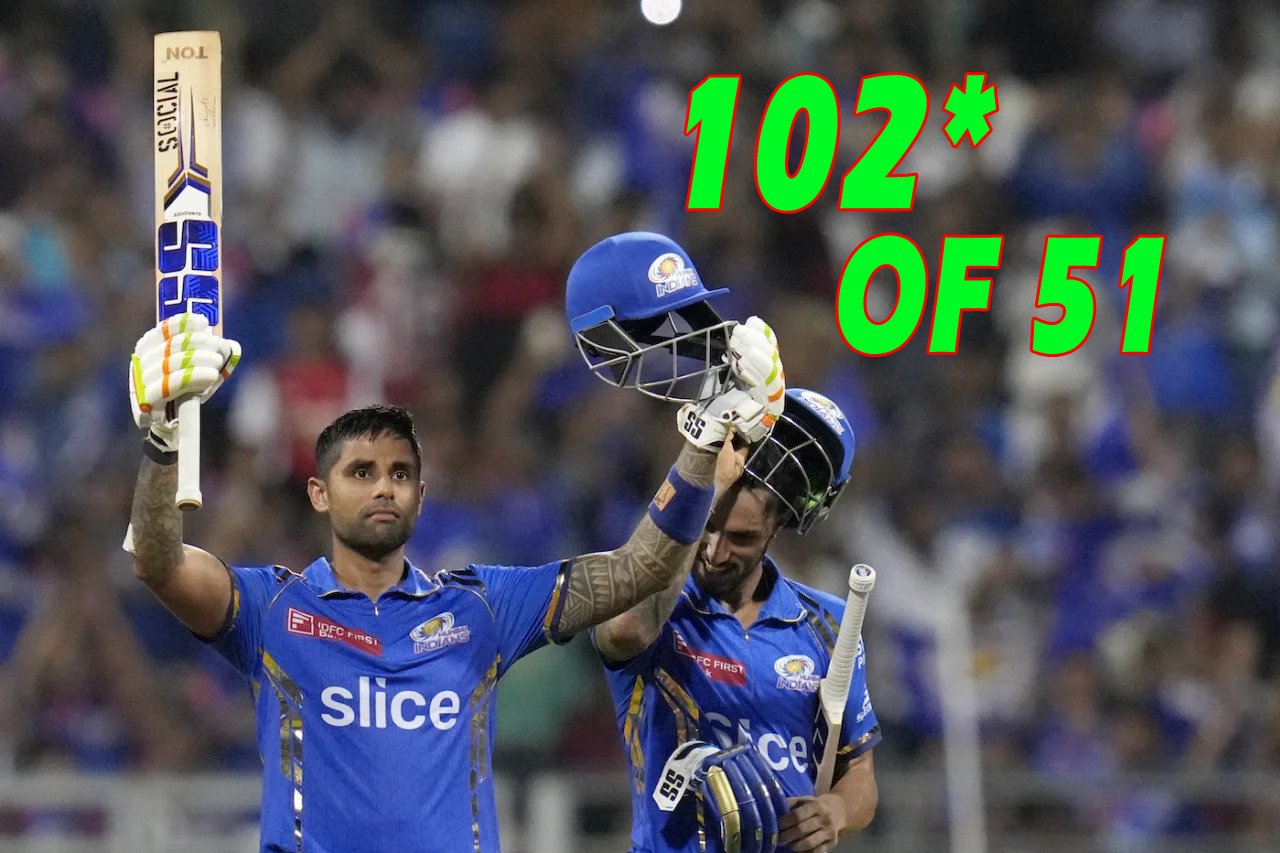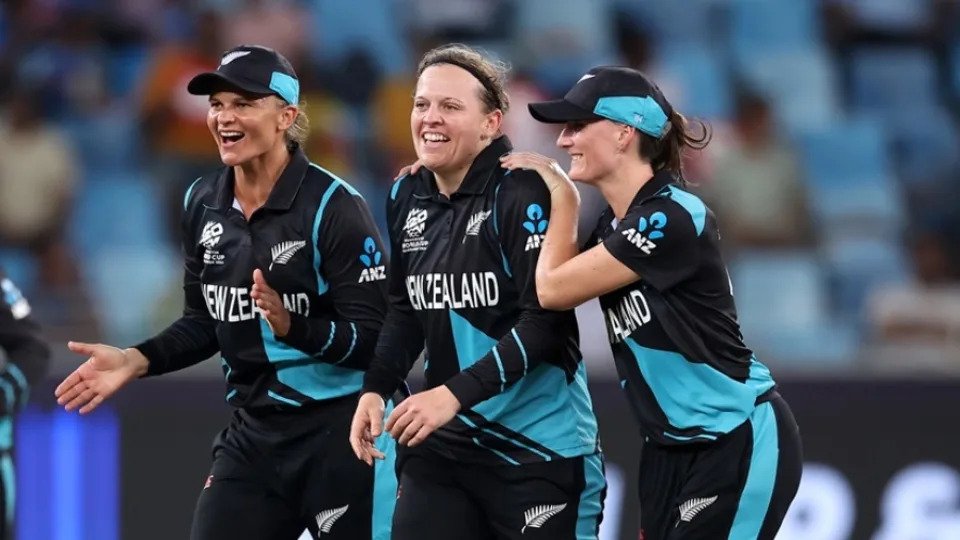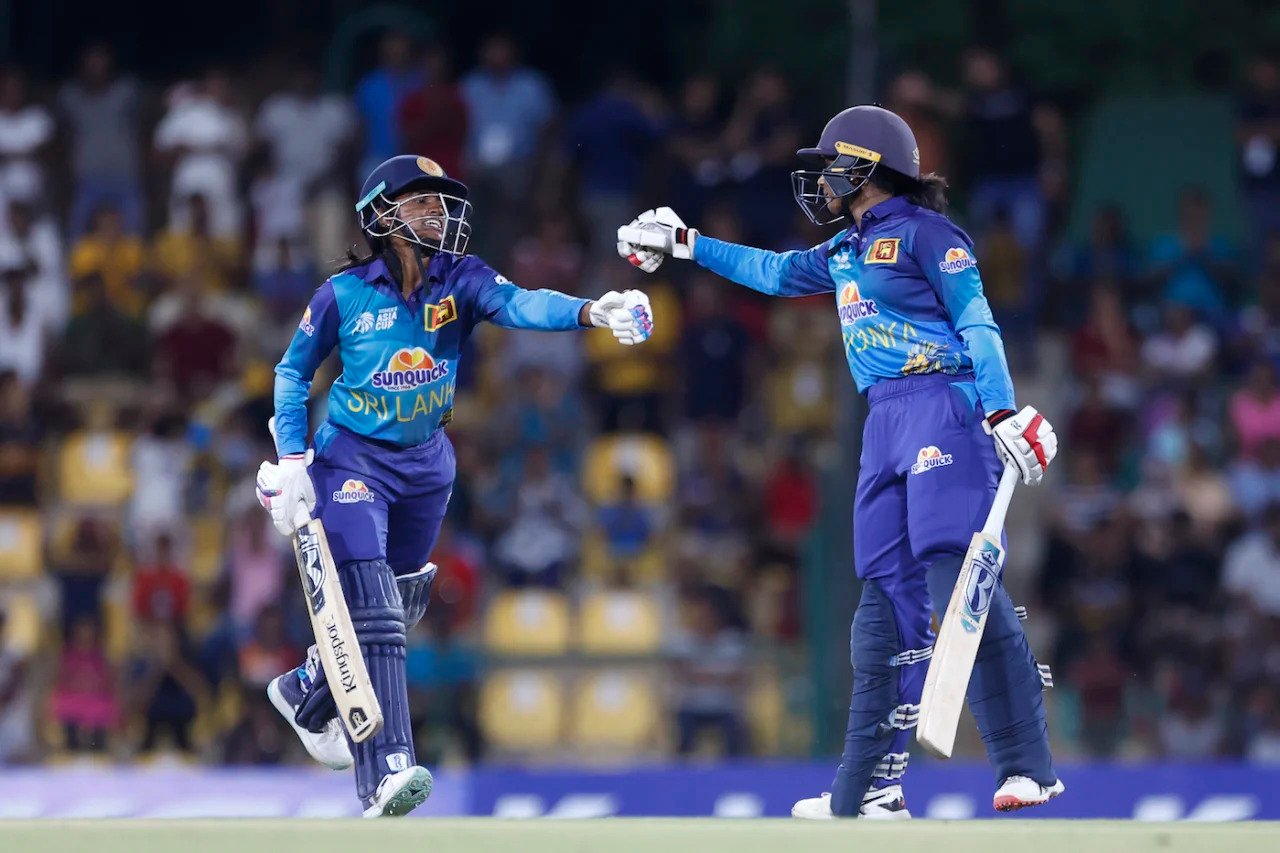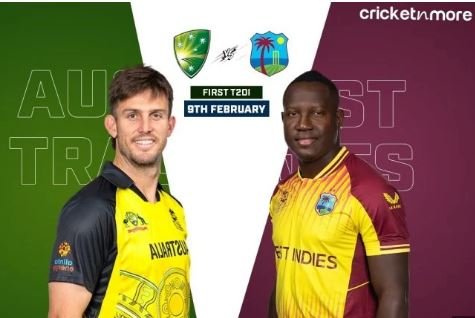How the Decision Review System (DRS) Works in Cricket: 2024 Updated
Decision Review System (DRS) in Cricket: Cricket is a game deeply rooted in tradition, yet it has evolved significantly with the advent of technology. One of the most impactful technological advancements in cricket is the Decision Review System (DRS).
Introduced to enhance the accuracy of umpiring decisions, the DRS aims to ensure fair play and reduce the instances of human error affecting the outcome of matches. This article delves into the intricacies of the DRS, explaining its components, process, and the controversies surrounding its use.
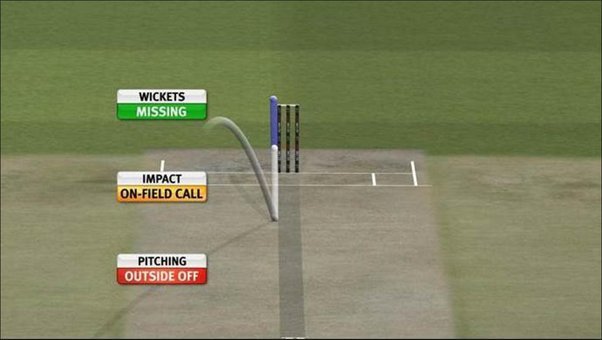
Introduction to the Decision Review System (DRS)
The Decision Review System was first officially used in a Test match between Sri Lanka and India in 2008. Since then, it has become a staple in international cricket, being adopted in Test matches, One Day Internationals (ODIs), and Twenty20 Internationals (T20Is). The primary objective of DRS is to provide teams with a mechanism to challenge on-field umpire decisions that they believe to be incorrect.
Components of DRS
The DRS is composed of several technological tools that assist in reviewing and making decisions:
Hawk-Eye: This is a ball-tracking technology that visually tracks the ball’s trajectory, predicting its path after pitching. It is instrumental in determining LBW (leg before wicket) decisions by showing whether the ball would have hit the stumps.
UltraEdge (or Snickometer): This audio-visual tool helps detect edges. It uses sound and video technology to determine if the ball has touched the bat, particularly in cases of caught behinds and LBW appeals.
Hot Spot: An infrared imaging system that highlights the point of contact between the ball and the bat or pad. This helps in identifying edges and bat-pad catches.
Real-time Snickometer (RTS): Similar to UltraEdge, this tool detects the sound of the ball hitting the bat or pad, helping in confirming edges.
TV Replays: High-definition video replays from multiple angles are used to review run-out decisions, catches, and other on-field incidents.
The DRS Process
The DRS process begins when a team decides to challenge an on-field umpire’s decision. Each team is allowed a certain number of unsuccessful reviews per innings: two in Test matches and one in limited-overs formats (ODIs and T20Is).
Steps in the DRS Process
Player Review Request: A player, usually the captain or the batsman/bowler involved, signals for a review by making a ‘T’ sign with their hands within 15 seconds of the umpire’s decision.
On-field Umpire Referral: The on-field umpire refers the decision to the third umpire with the help of the DRS.
Third Umpire Analysis: The third umpire examines the incident using the various technological aids at their disposal.
- For LBW decisions, Hawk-Eye is used to check the ball’s trajectory.
- For caught behind and edges, UltraEdge or Hot Spot is used to detect contact.
- For catches, TV replays from different angles are scrutinized.
- For run-outs and stumpings, TV replays and Hawk-Eye are used for accuracy.
Communication and Final Decision: The third umpire communicates their findings to the on-field umpire via radio. If the technology supports the review, the on-field decision is overturned. If the evidence is inconclusive, the on-field umpire’s original decision stands.
Criteria for Overturning Decisions
Conclusive Evidence: For a decision to be overturned, there must be conclusive evidence. In the case of LBW, Hawk-Eye must show that the ball would have hit the stumps. For catches, the evidence must clearly show the ball touching the bat and being cleanly caught.
Umpire’s Call: In some LBW scenarios, if the ball is predicted to clip the stumps but less than 50% of the ball is hitting the stumps, the original decision by the on-field umpire stands. This is known as the ‘umpire’s call’ and ensures the benefit of the doubt goes to the umpire’s initial decision.
Controversies and Criticisms
While DRS has improved the accuracy of decisions, it has not been free from controversies:
Umpire’s Call: The ‘umpire’s call’ aspect of LBW decisions is often debated. Critics argue that it introduces subjectivity and inconsistency, as two identical deliveries could yield different outcomes based on the on-field umpire’s initial call.
Technological Limitations: No technology is infallible. Instances of technological failures, such as glitches in Hawk-Eye or UltraEdge, have raised questions about the reliability of the DRS.
Strategic Misuse: Teams sometimes use DRS strategically rather than for correcting wrong decisions, reviewing decisions in hopeless situations in a bid to unsettle the batsman or delay the game.
Standardization Issues: The adoption and implementation of DRS vary across different cricket boards, leading to inconsistent use of the system in various series and tournaments.
The Future of DRS
The continuous evolution of technology suggests that DRS will become more sophisticated and accurate over time. Innovations like improved ball-tracking algorithms, better sound detection systems, and higher resolution cameras will likely enhance decision-making.
Additionally, the ICC (International Cricket Council) may consider revising rules around ‘umpire’s call’ and other contentious aspects to further standardize and improve the system. The ultimate goal is to minimize errors and ensure that the spirit of the game is upheld, providing a fair and transparent framework for all stakeholders.
Conclusion
The Decision Review System represents a significant step forward in the modernization of cricket. Despite its controversies and criticisms, it has undeniably contributed to fairer outcomes and reduced the margin of human error. As technology continues to advance, the DRS will likely become even more integral to the game, ensuring that cricket remains a sport where the right decisions are made, preserving its integrity and competitive spirit.
Also Read: Unveiling the Art of Bowling in Cricket: A Key Analysis on the Glorious Sport – 2024 Updated

